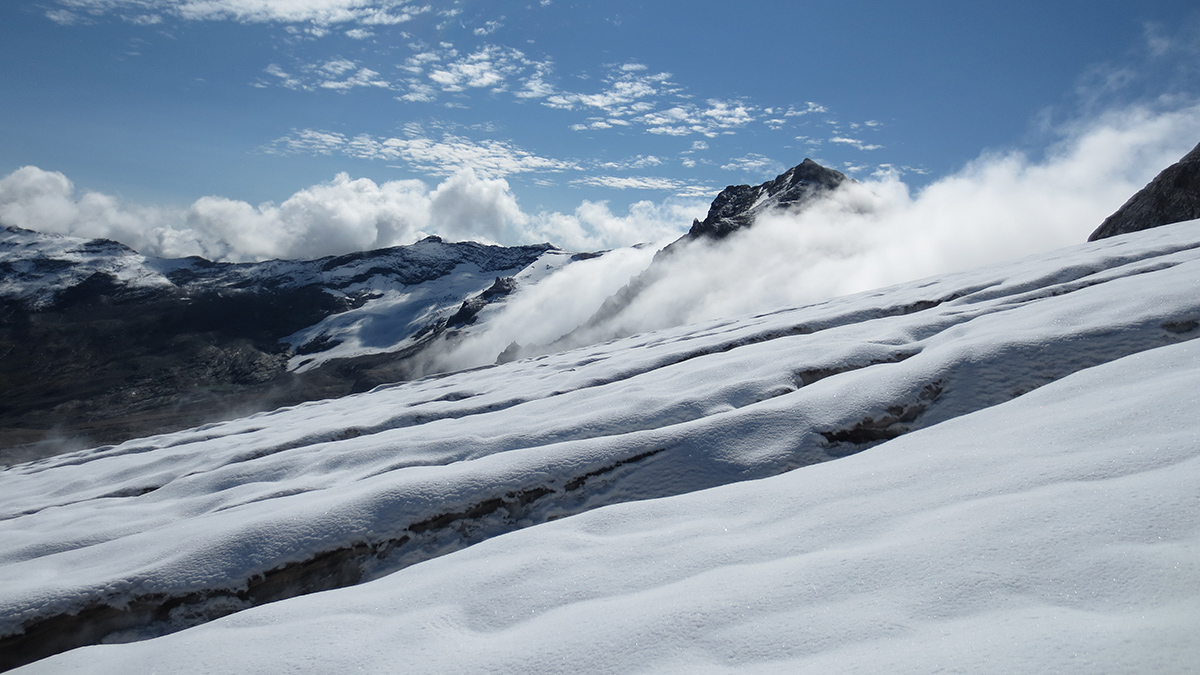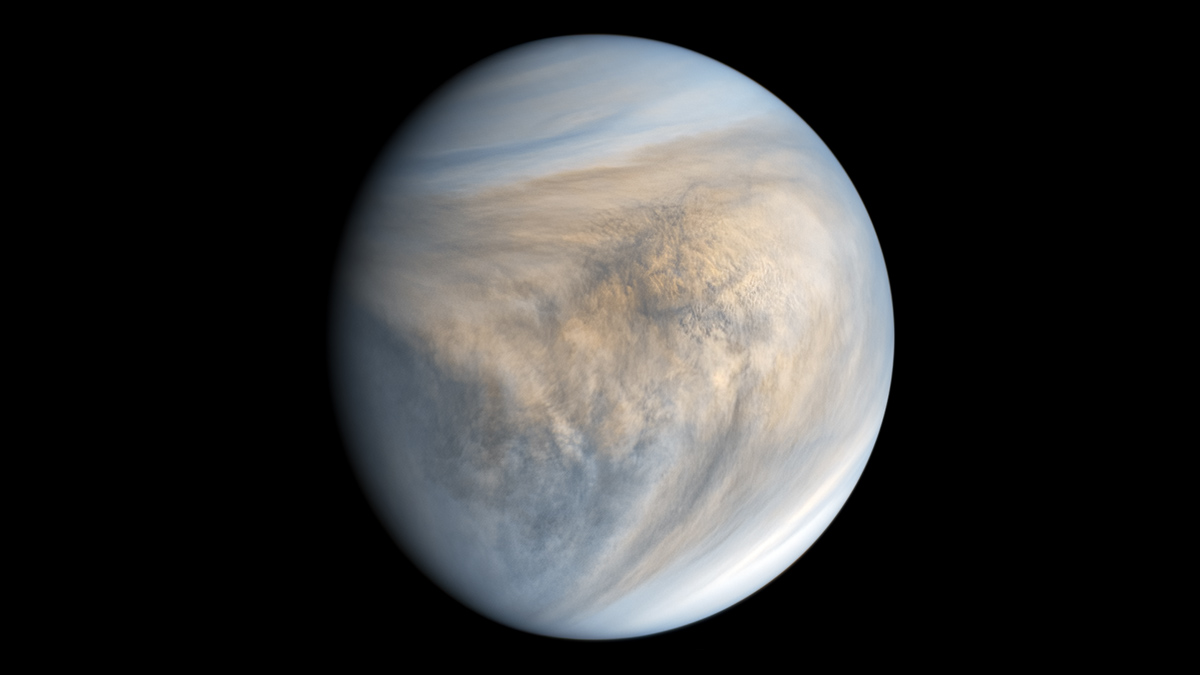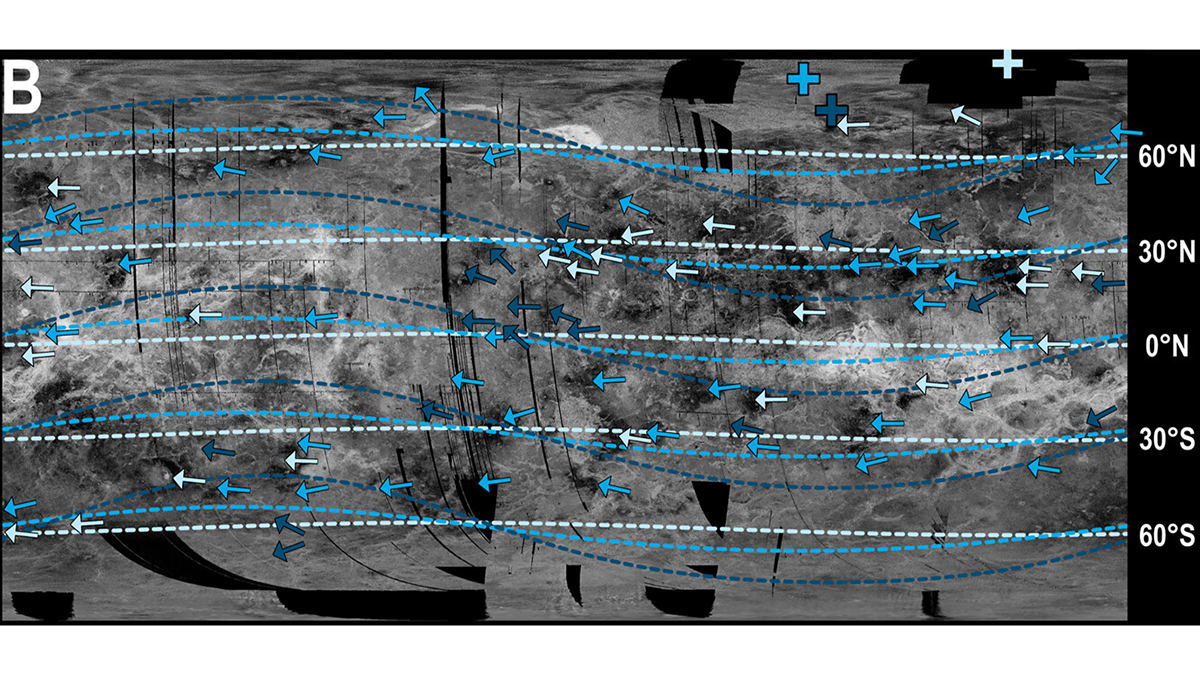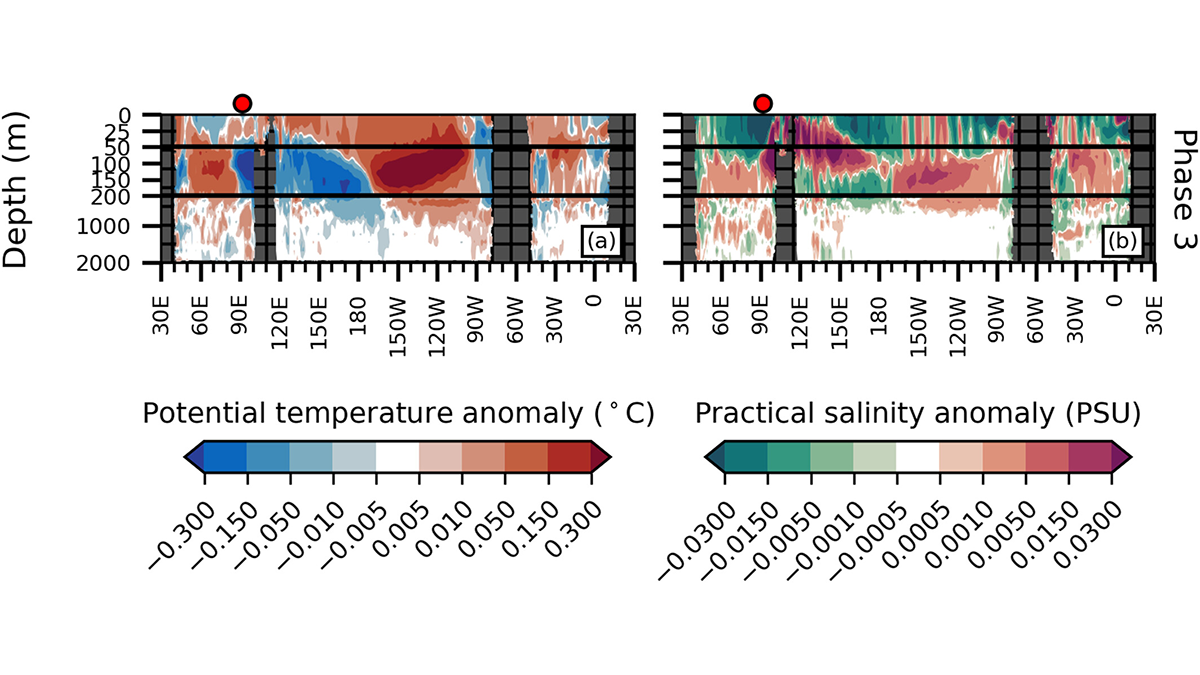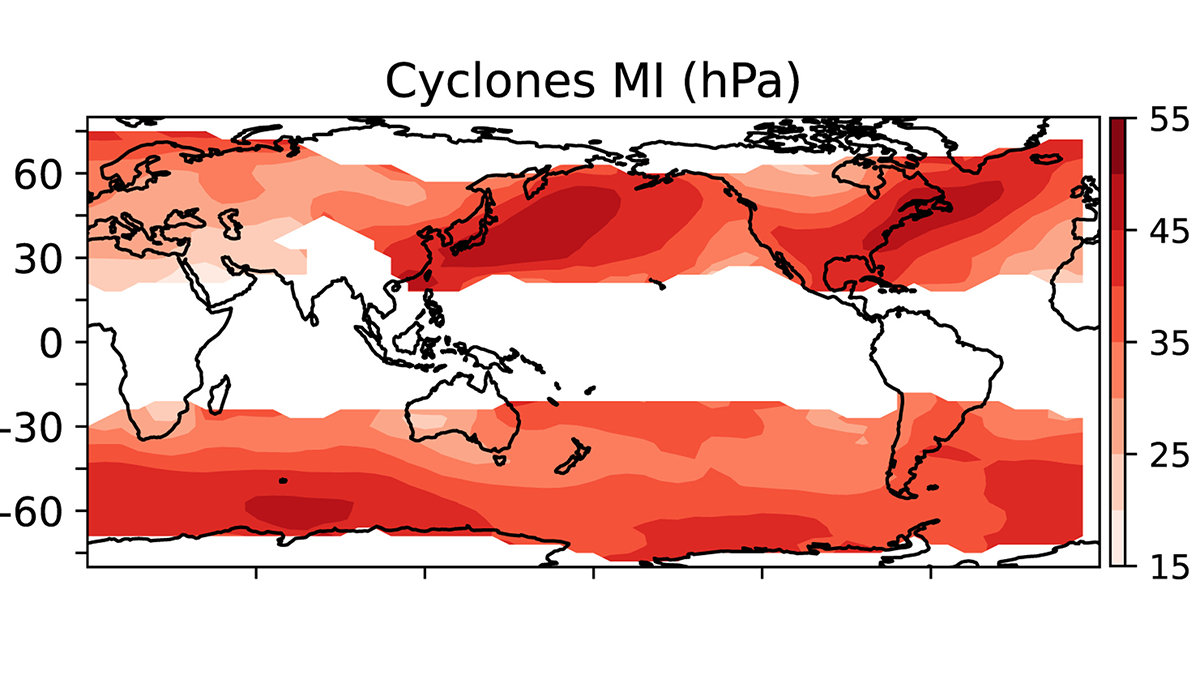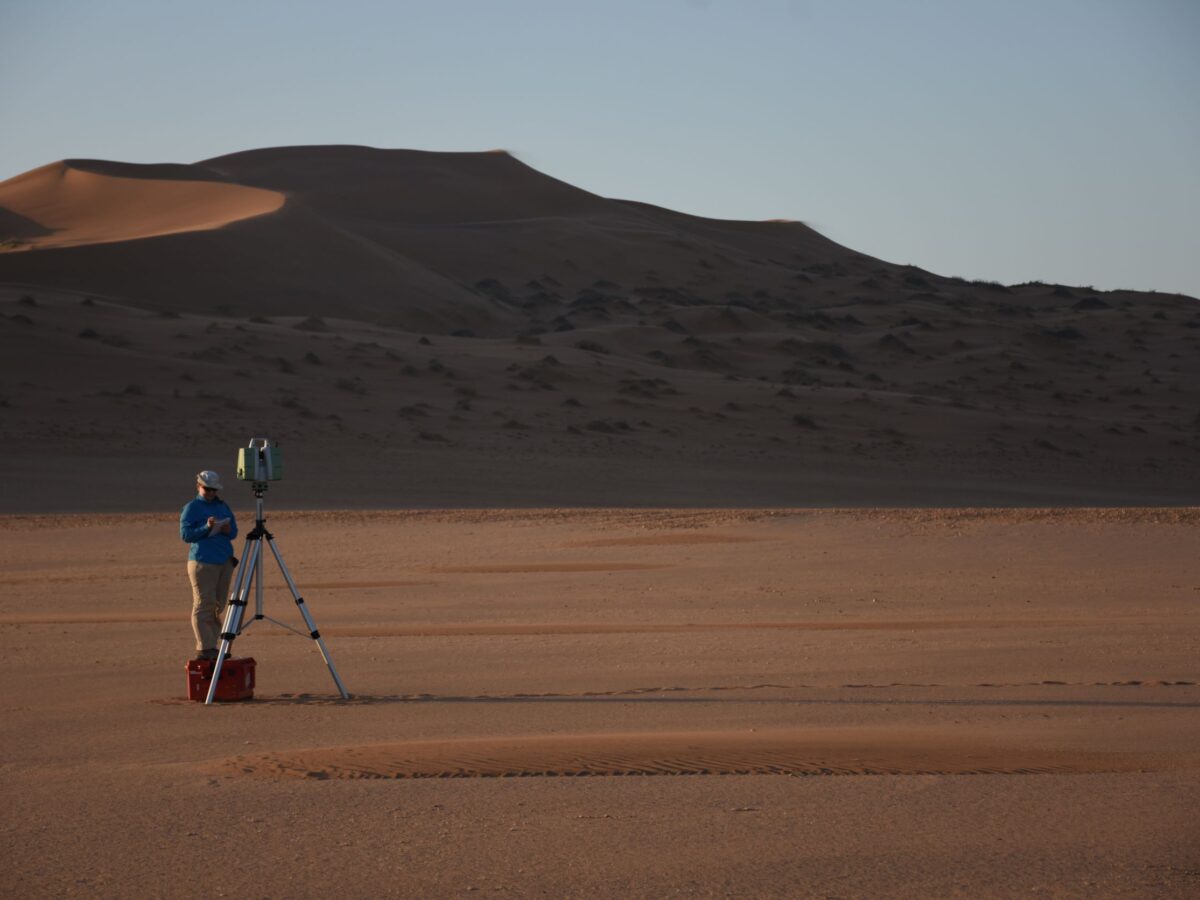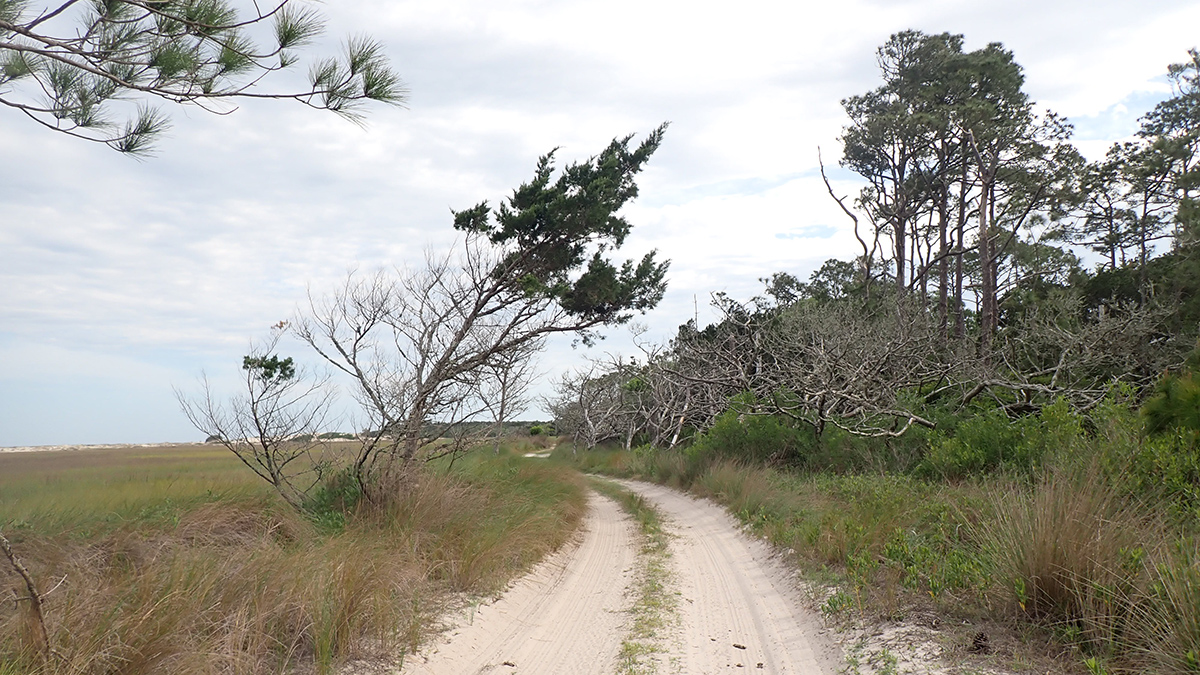An unprecedented dataset offers insight into the counterintuitive cooling effect of glaciers on a global scale.
wind
Key Driver of Extreme Winds on Venus Identified
A new study suggests that a once-daily atmospheric tidal cycle may be a bigger driver of rapid Venusian winds than previously thought.
Martian Dust Devils Reveal Dynamic Surface Winds
A new wind map covering the whole of Mars includes some of the fastest winds ever detected on the Red Planet.
New Evidence for a Wobbly Venus?
The orientation of wind-blown impact deposits on Venus is not consistent with modeled wind directions, suggesting Venus’s rotation axis may have changed.
Equatorial Deep Ocean Response to the Madden-Julian Oscillation
The changes in Madden-Julian Oscillation wind can trigger a response in the deep equatorial Pacific and Indian Ocean.
Midlatitude Storm Dynamics Better Explained by Lagrangian Analysis
Examining the growth of storms using ERA-5 reanalysis data reveals a nonlinear relationship between baroclinicity and storm activity under extreme conditions.
More Bubbles Means More Variation in Ocean Carbon Storage
A new model accounting for the role of bubbles in air-sea gas exchanges suggests that ocean carbon uptake is more variable than previously thought.
Mini Dunes Form When Sand Stops Bouncing
Decoding how sand grains move and accumulate on Earth can also help scientists understand dune formation on Mars.
Water Density Shifts Can Drive Rapid Changes in AMOC Strength
High-latitude variations in density, which appear to be driven by changes in atmospheric pressure, can propagate to midlatitudes and affect the current’s strength within just a year.
Flood Prediction Could Boost Road Resilience off Georgia’s Coast
Researchers and community members worked together to develop recommendations for how Little Cumberland Island can mitigate flooding hazards.

